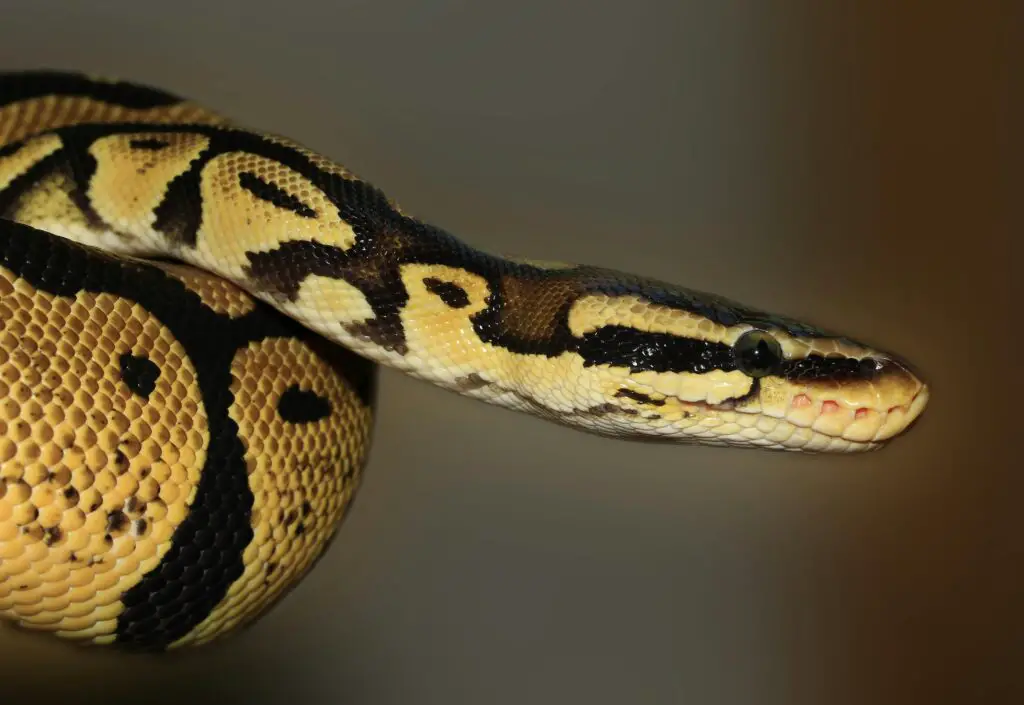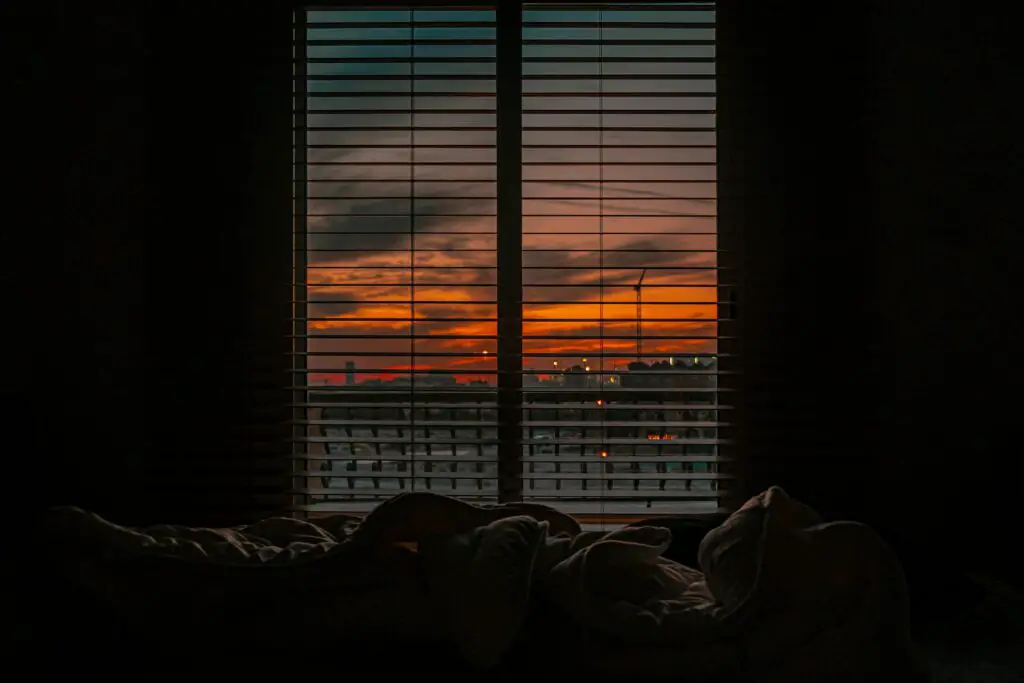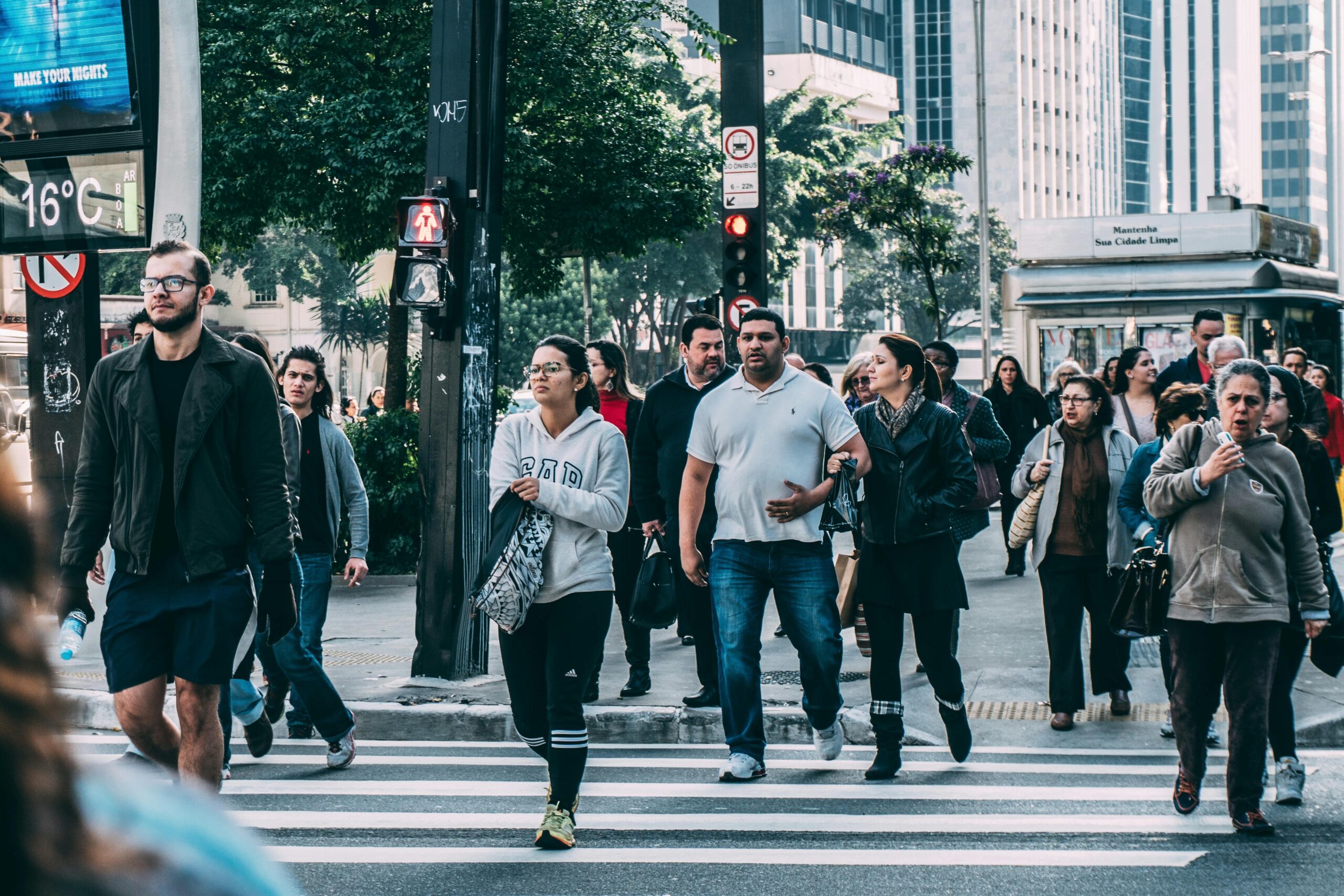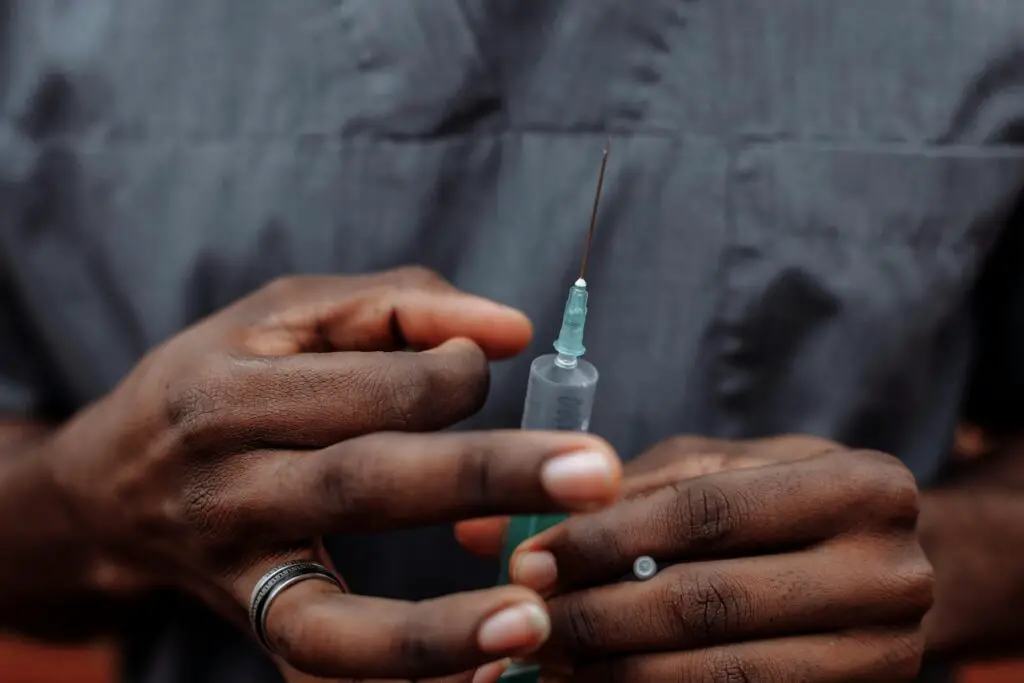1. Ophidiophobia (Fear of Snakes)

Imagine living in a world without modern medicine or reliable footwear, where a casual stroll through tall grass could be a death sentence. Snakes, especially venomous ones, were a very real and constant threat in many historical environments. A single bite could lead to excruciating pain, debilitating illness, or a slow, agonizing death, with no immediate antidote or medical intervention available. This made a deep, ingrained fear of these slithering creatures not just understandable, but genuinely life-saving shares Upworthy.
Even today, the sudden appearance of a snake can send shivers down many spines, but in eras past, that instinctive recoil was a crucial survival mechanism. You couldn’t just call emergency services or head to a hospital; your best defense was to avoid them altogether. So, that ancient fear of snakes wasn’t an irrational quirk, but a perfectly logical response to a pervasive and deadly danger adds Psychology Today.
2. Cynophobia (Fear of Dogs)

While today we largely see dogs as beloved companions, loyal protectors, or playful pets, their role in bygone eras was far more ambiguous and often dangerous. Before widespread vaccination and responsible pet ownership, dogs, especially strays or those in rural areas, could carry rabies, a terrifying and fatal disease. A bite from an infected animal meant a horrifying demise, with no known cure shares Newsweek.
Beyond rabies, packs of feral dogs could pose a direct physical threat, particularly to children or isolated individuals. Without animal control or shelters, these animals roamed freely, sometimes in aggressive groups. So, while it’s hard to imagine fearing our furry friends now, a deep apprehension towards dogs in the past was a practical matter of self-preservation, guarding against both disease and attack adds Clemson News.
3. Aquaphobia (Fear of Water)

Today, we’re surrounded by pools, filtered tap water, and regulated beaches, making water largely a source of recreation and necessity. However, in eras before advanced sanitation, effective swimming lessons, and sturdy infrastructure, water was a formidable and often treacherous element. Untreated water sources were rife with diseases like cholera and typhoid, and accidental drowning in rivers or wells was a tragically common occurrence.
Consider the reliance on maritime travel for trade and exploration, where storms could capsize vessels with terrifying speed, leaving no survivors. Even fetching water from a local stream carried risks. The sheer power and unpredictable nature of large bodies of water, combined with the microscopic dangers within, made a profound fear of it entirely rational for people navigating a less controlled and understood world.
4. Nyctophobia (Fear of Darkness)

We might dislike the dark because we can’t see the remote, but for our ancestors, darkness was an invitation for true danger. Without streetlights, flashlights, or home electricity, nightfall brought an absolute, impenetrable blackness. This meant a complete loss of visibility, making navigation treacherous and rendering people vulnerable to unseen predators, both animal and human.
The cover of night provided perfect camouflage for wild animals seeking prey and for criminals lurking in the shadows. Any rustle, any unfamiliar sound, could signal an immediate threat. So, that primal fear of darkness wasn’t just about things that go bump in the night; it was a deeply practical response to a time when night truly brought heightened risks and a terrifying lack of control over one’s surroundings.
5. Astraphobia (Fear of Thunder and Lightning)

Modern meteorology allows us to track storms with precision, and our homes offer robust protection from the elements. But imagine a time when a thunderstorm was an act of unpredictable, awe-inspiring, and destructive raw power. Lightning strikes could ignite homes, barns, and forests, destroying livelihoods in an instant. There was no understanding of its scientific cause, leading to interpretations of divine wrath or malevolent forces.
Furthermore, being caught outdoors in a severe thunderstorm could be lethal, with nowhere safe to shelter from lightning or falling debris. The sheer noise and light show, combined with the very real and present danger, made a profound fear of thunder and lightning entirely logical. It was a visceral reaction to a natural phenomenon that was both terrifyingly powerful and utterly beyond human control.
6. Agoraphobia (Fear of Open or Crowded Spaces)

While often linked to panic attacks today, an aversion to open or crowded spaces had very practical roots in earlier societies. Without proper law enforcement, organized public safety, or secure personal property, large, unpoliced gatherings or exposed areas could be incredibly dangerous. Being lost in a crowd could mean being separated from your group, vulnerable to theft, or even kidnapping.
Open spaces, particularly outside fortified settlements, exposed one to bandits, wild animals, or rival tribes with no immediate refuge. The lack of control and increased vulnerability in such environments made retreat to safer, more familiar spaces a sensible survival strategy. This fear wasn’t about irrational anxiety, but a pragmatic assessment of genuine threats in a less secure and more chaotic world.
7. Claustrophobia (Fear of Enclosed Spaces)

Today, we deal with tight elevators or crowded subways, but for our ancestors, enclosed spaces carried distinct and often deadly risks. Think of being trapped in collapsed mines, crumbling structures, or even rudimentary, poorly ventilated dwellings where air quality was a real concern. Being confined could mean suffocation, slow starvation, or being at the mercy of unseen dangers within the tight confines.
Additionally, tight spaces could limit one’s ability to escape from threats like fires or attackers. The sheer vulnerability and lack of escape routes in such confined environments made an innate fear of them perfectly rational. It was a primal response to situations where one’s physical autonomy and even breath could be severely compromised.
8. Aerophobia (Fear of Flying)

While this seems like a modern phobia, the fear of “flying” or falling from heights, particularly from structures, was very real and had clear historical grounding. Before advanced engineering and construction safety, ascending significant heights for work or observation (like on scaffolding, towers, or even tall ladders) was inherently perilous. A fall meant certain injury or death, with no emergency services to rescue you.
Consider early forms of elevated transport or structures in pre-modern societies – they were often crude and unstable. The sheer lack of control and the very tangible risk of plummeting made an intense aversion to great heights a perfectly natural and self-protective response. It was a fear born not of abstract anxiety, but of very real and present dangers of gravity’s unforgiving pull.
9. Mysophobia (Fear of Germs/Contamination)

Before the discovery of microorganisms and germ theory, the world was a much more dangerous place when it came to unseen threats. While people didn’t understand “germs,” they certainly understood that certain conditions led to illness and death. Handling decaying matter, unsanitized tools, or being in close contact with sick individuals was observably linked to falling ill.
This led to an intuitive, if not scientific, understanding that “unclean” things were dangerous. A strong aversion to dirt, waste, and bodily fluids wasn’t an irrational compulsion, but a pragmatic response to prevent contracting often fatal diseases. That instinctive recoil from contamination was a rudimentary form of public health, saving lives long before microscopes revealed the true enemy.
10. Entomophobia (Fear of Insects)

Beyond the nuisance of a buzzing fly, insects in bygone eras posed significant and often deadly threats. Mosquitoes carried malaria and other debilitating diseases, fleas spread the bubonic plague, and ticks could transmit Lyme disease, all without understanding their vector role. Swarms of locusts could devastate crops, leading to widespread famine and starvation.
Furthermore, many insects could inflict painful bites or stings, some of which could be venomous or lead to severe infections in a world without antibiotics. The pervasive nature of insect-borne illnesses and their capacity for destruction, both to health and food supply, made a deep-seated fear of them a highly logical and adaptive response for survival.
11. Monophobia (Fear of Being Alone)

While we now value solitude and independence, for our ancestors, being alone, especially in vulnerable situations, was often a perilous state. Isolation meant a lack of protection from predators, both animal and human. There was no one to watch your back, no one to share resources, and no one to raise an alarm if you were in danger.
Survival was intrinsically linked to group cohesion and mutual support. Leaving the safety of the tribe or family exposed one to countless dangers, from starvation to attack. Thus, a profound discomfort or fear of being truly alone wasn’t a sign of weakness, but a deeply ingrained survival instinct that reinforced the necessity of community in a harsh and unforgiving world.
12. Trypanophobia (Fear of Needles/Injections)

While modern medicine has made injections largely safe and routine, imagine a time when medical interventions, particularly those involving piercing the skin, were incredibly crude and dangerous. Needles were unsterilized, often reused, and the substances injected were frequently unknown or unproven. A “shot” could introduce deadly infections or cause severe reactions, with little understanding of sterile technique or drug interactions.
Any medical procedure involving a sharp instrument carried an immense risk of contamination and subsequent illness or death. The pain, coupled with the very real chance of adverse outcomes, made a profound fear of needles completely rational. It wasn’t just the prick; it was the entire terrifying unknown of what that prick might unleash in a body with no defense against unseen enemies.
